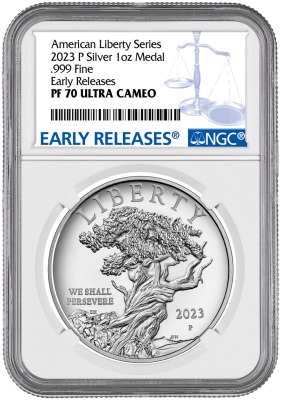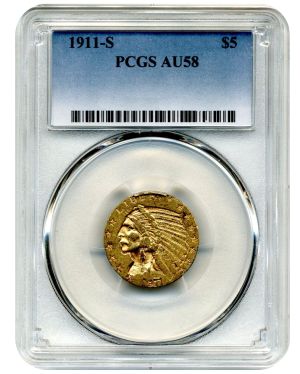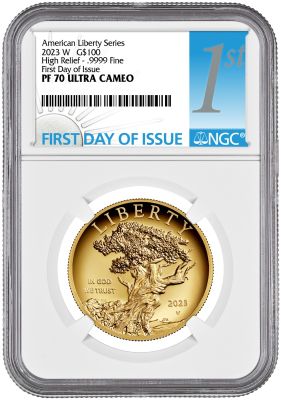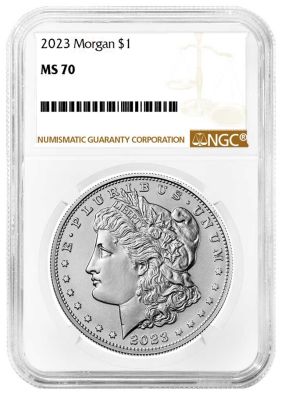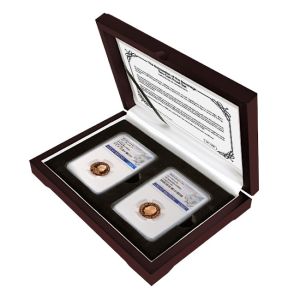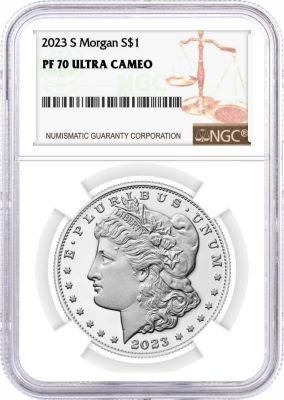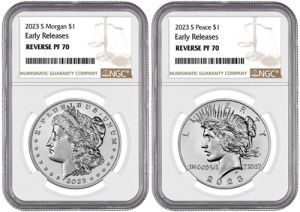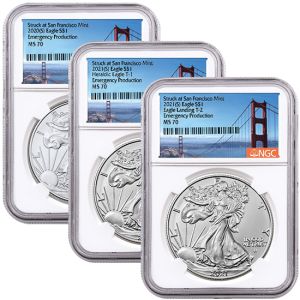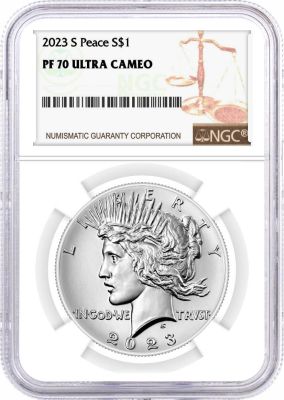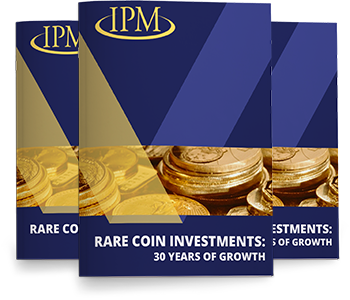How to Tell if Gold is Real: The Ultimate Guide

Understanding Gold Purity and Standards
Differentiating Karats in Gold
When it comes to gold, karats are a measure of its purity. Pure gold, known as 24-karat gold, is soft and malleable. However, for practical use, gold is often alloyed with other metals, which affects its purity and strength. Understanding the karat system is crucial for anyone dealing with gold, whether for investment, jewelry, or industrial use.
Global Standards for Gold Purity
Gold purity standards vary globally. In some countries, 18-karat gold is considered high purity, while others may prioritize 22 or 24 karats. These standards are not just a measure of quality but also impact the value and authenticity of gold products. Recognizing these standards is vital for international trade and valuation of gold items.
The Significance of Hallmarking in Gold
Hallmarking is a crucial aspect of certifying the purity of gold. These marks, often stamped on gold items, provide essential information about the gold's origin, maker, and purity. Understanding these marks helps in verifying the authenticity of gold and protecting against fraud.
Visual Inspection Techniques for Gold
Color and Shine: Indicators of Gold's Purity
The natural color and shine of gold can give clues about its purity. Pure gold has a distinct warm yellow hue and a particular luster. Variations in color, often due to alloying elements, can indicate lower purity levels.
Hallmarks and Maker's Marks: What to Look For
Hallmarks and maker's marks are key indicators of a gold item's authenticity. These marks can tell the story of the item's origin, the purity of the gold used, and sometimes even the year of manufacture. Familiarity with these marks is crucial for both buyers and sellers.
The Weight Test: Density Matters
Gold is a dense metal. Comparing the weight of a gold item to its size can provide insights into its purity. This test, while not definitive, can be a useful preliminary method for assessing gold authenticity.
Simple At-Home Gold Testing Methods
The Magnet Test: Gold's Non-Magnetic Nature
Gold is non-magnetic. A simple test with a magnet can reveal if a gold item is genuine or if it contains significant amounts of ferromagnetic metals like iron, which are often found in fake gold.
The Water Test: Understanding Gold's Density
The water displacement test can help assess gold's density. Gold has a high density, and items claiming to be gold should sink quickly in water. This test, combined with other methods, can provide more confidence in assessing gold's authenticity.
Scratch Testing: The Ceramic Plate Method
A scratch test involves rubbing gold against unglazed ceramic. True gold leaves a gold-colored streak, while fake items will leave a black streak. This simple test can be performed at home to help confirm the authenticity of gold items.
Professional Gold Verification Processes
X-Ray Fluorescence Spectrometry (XRF)
XRF is a sophisticated technique used to determine the composition of gold items. It works by bombarding the gold with X-rays and analyzing the fluorescence emitted. This method is non-destructive and provides accurate results, making it a favored choice in professional settings.
Acid Testing: How It Works
Acid testing is a traditional method of gold verification. It involves applying different strengths of nitric acid to gold and observing the reaction. Gold's resistance to corrosion by certain acids helps in determining its purity.
Ultrasound Testing for Purity and Thickness
Ultrasound testing is a non-invasive method used to measure the thickness and purity of gold. It works by sending ultrasonic waves through gold and measuring the reflected waves. This method is useful for detecting impurities and inconsistencies within gold items.
Common Gold Counterfeits and How to Spot Them
Gold-Plated vs Solid Gold: Key Differences
Understanding the difference between gold-plated and solid gold items is crucial in the gold market. Gold plating involves a thin layer of gold over a base metal, which can wear off over time, revealing the underlying metal.
Common Alloys and Imitations
Several alloys and imitations can closely resemble gold. These include brass, pyrite, and gold-filled materials. Recognizing these materials requires a keen eye and sometimes, professional testing methods.
Signs of Gold Plating and Fading
Signs of wear, fading, or discoloration can indicate gold plating. These signs are often more pronounced around edges and high-contact areas of jewelry or ornaments.
Technological Advances in Gold Testing
Electronic Gold Testers: Pros and Cons
Electronic gold testers offer a quick and non-destructive way to test gold purity. However, they have limitations, such as difficulty in testing gold with complex alloys or deep plating.
The Role of Spectrometry in Gold Analysis
Spectrometry, including techniques like XRF, plays a vital role in modern gold testing. It provides detailed composition analysis, crucial for accurate purity assessment.
Recent Innovations in Gold Testing Technology
Recent advancements in gold testing technology have focused on improving accuracy, speed, and environmental sustainability. Innovations include enhanced spectrometry methods and non-destructive testing techniques that are quicker and more environmentally friendly.
Buying and Selling Gold: Tips for Consumers
Understanding Appraisals and Valuations
When buying or selling gold, appraisals and valuations are crucial. They help determine the market value of gold items based on purity, weight, and current market trends. Consumers should seek appraisals from certified professionals for accurate assessments.
Safe Practices for Buying Gold
Consumers should buy gold from reputable dealers, verify the authenticity of gold items, and be aware of market prices. Insist on proper documentation and receipts for all transactions to ensure legality and traceability.
Selling Your Gold: What to Expect
When selling gold, expect to be offered a price based on weight and purity, often lower than retail value. Understand the current gold market trends and consider getting multiple quotes to ensure a fair deal.
Legal Aspects and Regulations in Gold Trade
International Laws Governing Gold Quality
International laws and standards play a significant role in governing gold quality. These laws ensure uniformity in purity standards and prevent fraudulent practices in the global gold market.
Consumer Rights in Gold Transactions
Consumers have rights that protect them in gold transactions. These include the right to accurate information, fair pricing, and recourse in case of disputes. Awareness of these rights is essential for a safe and satisfactory transaction.
Reporting Fraudulent Gold Sales
In cases of suspected fraud or counterfeit gold sales, it's crucial to report to the relevant authorities. This helps in curbing illegal practices and protecting future consumers.
Rising Trends in Gold Testing Market (2023-2030)
Market Growth and Predictions
The gold tester market is projected to grow at a CAGR of 5.5% from 2022 to 2030. This growth is attributed to increasing demand across various sectors.
Purity Testers Leading the Market
Purity testers are expected to dominate the market, preferred for their precision in measuring and detecting impurities in gold.
Application Across Industries
Gold testing finds applications in gold manufacturing, jewelry, and the mining industry, with each sector contributing significantly to the market share.
Technological Breakthroughs in Gold Testing
Intertek’s PhotonAssay Technology
PhotonAssay, a breakthrough technology, offers non-destructive testing with about 97% accuracy, marking a significant advancement in gold testing methods.
Speed and Efficiency of PhotonAssay
PhotonAssay stands out for its rapid results delivery and eco-friendliness, making it a valuable tool in the mining industry.
The Importance of Technological Innovation
Technological advancements like PhotonAssay are crucial for optimizing and ensuring the resilience of the mining industry.
Global Market Dynamics and Regional Insights
Asia Pacific's Dominance
Asia Pacific leads the global market, driven by demand from countries like China and India.
North America's Contribution
North America also holds a significant market share, thanks to high-purity gold production and stringent regulations.
Factors Influencing the Gold Testing Market
Market Drivers
The market is driven by demand from the electronics and semiconductor industry, the popularity of gold jewelry, and rising gold investments.
Environmental Regulations Impact
Stringent environmental regulations also play a significant role in shaping the gold testing market.
Practical Advice for Consumers and Businesses
Tips for Gold Buyers
Advice for consumers focuses on ensuring the authenticity of gold purchases.
Strategies for Businesses
Strategies for businesses in the gold industry center on leveraging technological advancements for better efficiency and reliability.
Conclusion
We hope you enjoyed our guide to identifying authentic gold. Understanding gold purity and standards, recognizing counterfeit gold, and being aware of the latest technological advances are essential in the world of gold testing. As technology evolves, we can expect even more sophisticated and environmentally sustainable methods for gold testing. Consumers and businesses alike should stay informed about these advancements to make educated decisions in buying, selling, and verifying gold. The future of gold testing looks promising, with technological innovations enhancing accuracy and efficiency.
Key Takeaways
- Gold Tester Market Growth: Projected CAGR of 5.5% from 2022 to 2030.
- Purity Testers' Dominance: Preferred for their precision in detecting impurities in gold.
- Widespread Applications: Significant use in gold manufacturing, jewelry, and mining industries.
- PhotonAssay Technology: Non-destructive, 97% accuracy in gold testing.
- Rapid and Eco-friendly Testing: PhotonAssay offers quick results and environmental sustainability.
- Asia Pacific's Market Leadership: Driven by demand in China and India.
- North America's Market Influence: High-purity gold production and stringent regulations.
- Market Drivers: Demand from electronics, popularity of gold jewelry, and investments in gold.
- Impact of Environmental Regulations: Influential in shaping the gold testing market.
- Consumer Tips: Focus on gold authenticity verification.
- Business Strategies: Leverage technological advancements for efficiency and reliability.
To learn more about gold check out other great articles at IPM including How Much Is An American Gold Eagle Worth, The Most Valuable US Coins In Circulation, and Gold Spot Price.
FAQs
How can I test gold at home to see if it's real?
Perform the magnet test; real gold is not magnetic. You can also try the water test; gold should sink quickly due to its high density. Another method is the ceramic plate test, where gold leaves a gold streak when scratched on unglazed ceramic.
What are the signs of fake gold?
Signs include discoloration, excessive tarnishing, and a magnetic response. Gold-plated items may show a different metal underneath where the plating has worn off.
How do professionals test gold for authenticity?
Professionals use methods like X-Ray Fluorescence Spectrometry (XRF) for non-destructive testing, acid tests to check for reactions, and ultrasound testing to measure purity and thickness.
What do the different karat marks on gold mean?
Karat marks indicate the purity of gold. 24 karats signify pure gold, while lower karats (like 18K, 14K) indicate gold mixed with other metals. The lower the karat, the less gold the item contains.
Can gold be fake if it has a hallmark?
While hallmarks are a sign of authenticity, they can be forged. Therefore, it's important to verify gold through additional testing, especially if the source is uncertain.


